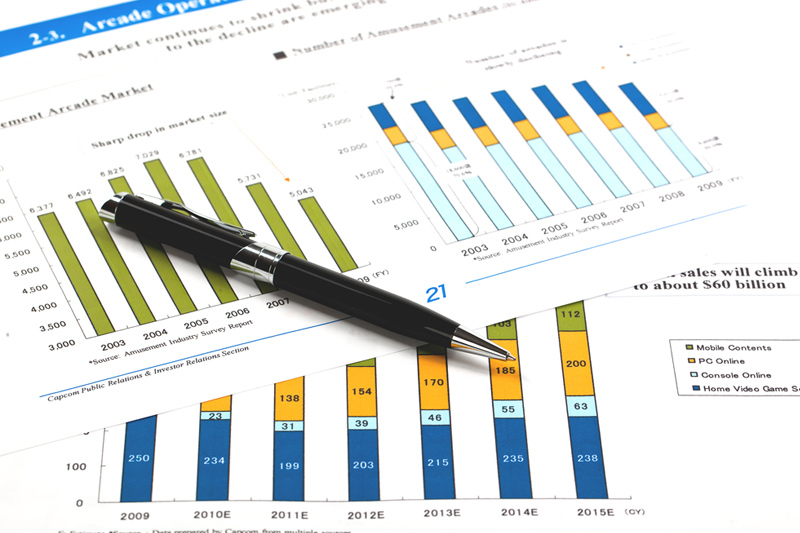By Nathan Layne
(Reuters) - Shortly after Hurricane Katrina devastated New Orleans in 2005, the city went to work on building a $14.5 billion system of gates, flood walls and levees that would protect it against another once-in-a-century storm.
Its first big test came on Sunday, when Hurricane Ida, a ferocious Category 4 storm, plowed through the Gulf of Mexico into Louisiana.
The storm's torrential rain, powerful winds and surge waters - a potentially catastrophic combination - are precisely the kind of threat New Orleans officials hoped the 350-mile (560- km) defensive ring surrounding the city could withstand when completed in 2018.
So far, officials said the system, one of the largest public-works projects in the world, was performing as designed, even as they cautioned it was too early to declare all was clear.
"The levee system and the flood system today is much, much better and much, much stronger than it was in Katrina," said Kelli Chandler, regional director of the Southeast Louisiana Flood Protection Authority, which operates the system.
"We don't anticipate a breach."
New Orleans was put under a flash-flood warning on Sunday afternoon due to a heavy, persistent downpour and neighborhoods outside the protective system were at greater risk of being hit by water surges from the coast.
Still, Chandler said she believed the system would prevent the kind of water levels seen during Katrina, when failures of levees led to catastrophic flooding. She said some localized flooding would have to be cleared out by pumps.
"The primary purpose of the system is to reduce the risks of flooding," she said. "The water is not coming into the city."
Katrina left some 80 percent of New Orleans flooded, inundating historically Black neighborhoods and causing more than $100 billion in damage. More than 1,800 people died.
'BUILT FOR THIS MOMENT'
Aiming to avoid a similar disaster, the U.S. Congress authorized $14.5 billion for the Hurricane & Storm Damage Risk Reduction System of levees, gates, walls and pumps. It is designed to protect against the level of flooding with a 1% probability of occurring in any year.
Louisiana Governor John Bel Edwards also expressed confidence the system would hold against what he described as one of the strongest storms to hit the state in modern times.
While water levels would likely surge over some levee systems in the southeast, he told a briefing on Sunday that the new system covering New Orleans and surrounding suburbs was "built for this moment."
"All the models that we've seen from the Army Corps of Engineers and from our own CPRA (Coastal Protection and Restoration Authority) show that hurricane storm damage risk reduction system will hold and perform as intended," he said.
The Army Corps of Engineers, which built the system, also said on Sunday it expected it to perform well.
But even if the new network of levees and flood walls does its job in this storm, there are risks on the horizon.
In 2019, the Army Corps warned of the need to reinforce the earthen levees, which have been losing height due to settling in the soft soils of the region and as sea levels rise, highlighting the effects of climate change.
"Everyone who cares about New Orleans is worried," said Andy Horowitz, a history professor at Tulane University who wrote "Katrina: A History, 1915-2015." "With climate change and the collapse of the wetlands, the system is inadequate over time."
